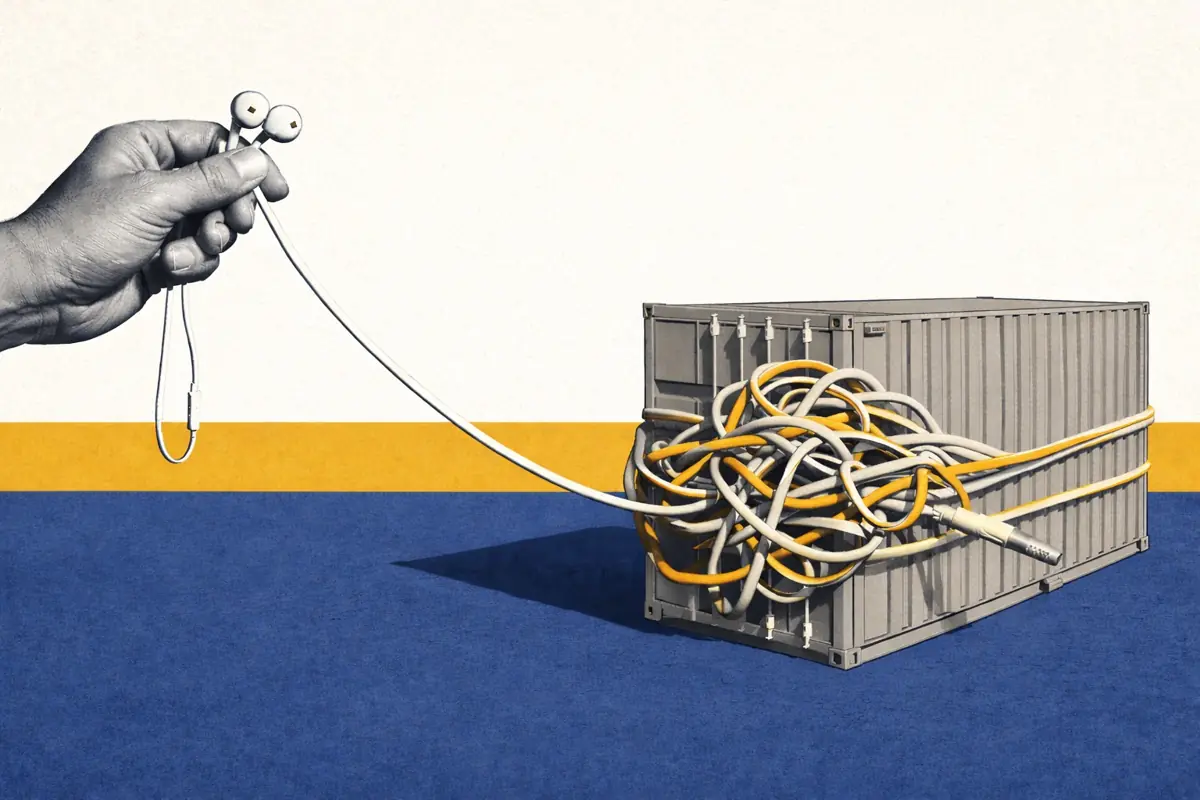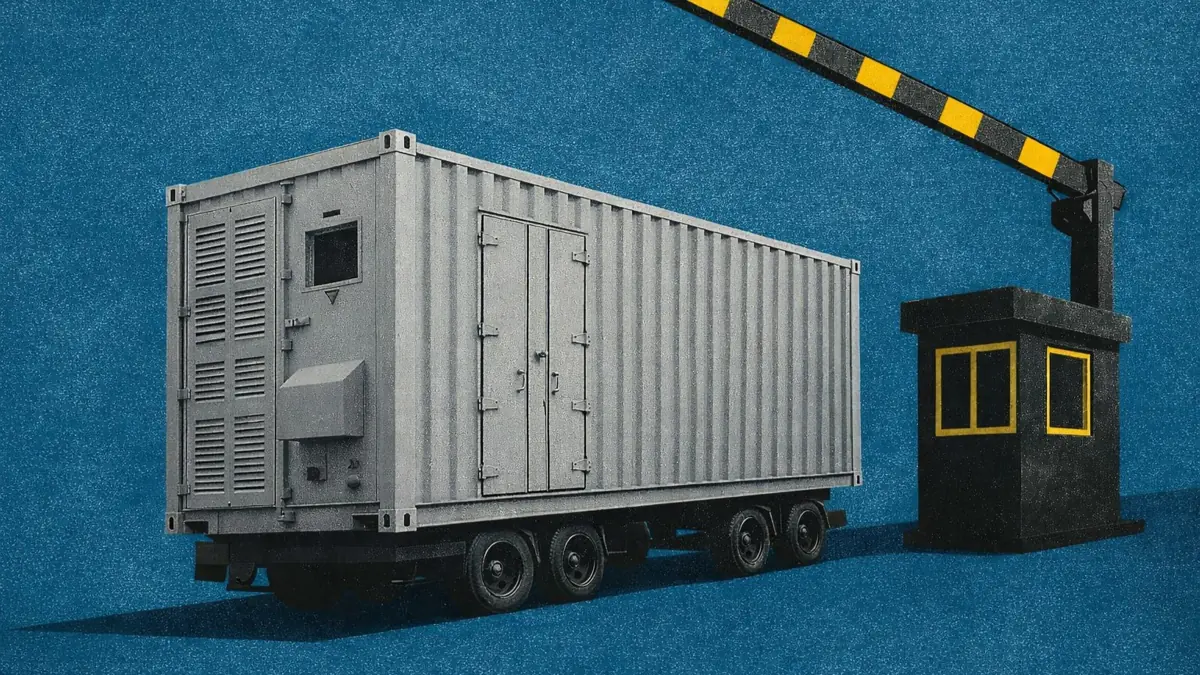PPAs in a time of negative prices: Lessons from Spain
Spain was one of Europe's leading solar PPA markets in 2024, but contracts were stress-tested when the wholesale market saw negative prices for the first time. In spring 2025, there were 404 negative-price hours in the wholesale market, which is 72% more than in Germany.
After an initial freeze, the PPA market has evolved: deals have become smaller, contracts have grown more complex, and co-location with storage has moved to centre stage.
Key takeaways
- Pay-as-produced still dominates for solar. But there's a clear push towards baseload or fixed-shape deals. Buyers pay more; sellers carry the shape risk.
- Negative prices are now common. New contracts include €0/MWh floors and often caps on the number of negative-price hours that count toward settlement.
- Spanish solar PPAs ranged around €30-35/MWh, but market conditions are pushing quotes down, even below €30/MWh.
Could we see a shift from "pay-as-produced"?
In a Pay-as-produced contract, the offtaker buys the electricity generated by the asset for each hour. This has been the most common method for settling electricity generated.
Volume risk is the uncertainty that actual energy generation or consumption will differ from the expected profile, requiring someone to buy or sell the shortfall or surplus in the market.
If output falls (due to clouds or outages), they receive fewer MWh and must top up in the market; if production exceeds expectations, they take the surplus from the wholesale market. Volume risk sits with the buyer, so the price is usually lower because the seller isn't assuming risk when it comes to delivery.
With a fixed shape, the seller commits to a preset hourly profile for financial settlement. Any shortfall or surplus settles automatically; storage, portfolio hedging, or trades are tools to manage that exposure, not requirements to meet the contract. The buyer pays a premium for firmness and operational simplicity.
Pay-as-produced is the most common form to this day, and this is a trend likely to continue. Developers and investors want to de-risk their investments as much as possible, while allowing offtakers to manage their risk better.
Local constraints limit revenues
In a standard pay-as-produced PPA, the buyer only pays for metered, delivered MWh. Unless the PPA includes a "deemed energy" clause or explicit curtailment compensation, if Spain's TSO (Red Eléctrica) curtails a plant, there is no remuneration for the lost energy. Without these, curtailment risk sits with the generator, reducing and destabilising revenues.
Negative prices: new contract rules
For legacy contracts, if the wholesale prices go negative, settlement is suspended, and the generator's asset revenue drops to zero for those hours. The buyer stops paying during negative periods, so the seller bears the risk via lost revenue and volatile cash flow; in return, strikes on these legacy PPAs were often higher.
In newer contracts, settlement continues in negative hours, but the price has a floor at €0/MWh, so revenue doesn't fall off a cliff. The economic impact of those negative hours is mitigated by embedding them in a (typically lower) strike price, which smooths seller revenues and provides the buyer with some exposure relative to no-settlement, with a more balanced risk split.
What we're seeing in practice includes zero floors, limits on negative-price hours per month/quarter, and clearer curtailment language and contracts. The theme focuses on cash flow stability rather than revenue drops.
Backtest for 2024 and 2025
Spanish solar PPAs ranged around €30-35/MWh, but market conditions are pushing quotes down, even below €30/MWh.
No settlement collapses to €0/MWh in negative-price hours, resulting in visible dips in spring and increased cash-flow volatility. Under a zero-floor, the strike barely changes, so revenues stay near a smooth line across the year.
We could expect a minimum price difference of 3 €/MWh between the two contract types, considering the negative price risk.
Could storage change the PPA landscape?
Even with smarter contract terms, it's a buyer's market. There's a lot of daytime solar production concentrated in the same hours. Adding storage or hybrid generation helps raise achievable prices and improves bankability:
- Storage adds shape and value. Batteries let sellers firm up delivery profiles, clip negative-price exposure, and capture evening peaks. That supports fixed-shape PPAs and higher strikes.
- Diversification matters. The ability to blend PPA revenues with wholesale optimisation, ancillary services, or capacity mechanisms reduces the exposure to a drop in wholesale revenues.
Conclusion
Spain's PPA market has moved from "cheap solar" to smart, risk-balanced contracts. Prices are lower, but structures are more appropriate: zero floors instead of no-settlement clauses, more precise curtailment terms, and more shape delivered by sellers via storage and portfolios.
The next phase is about financing. Projects that can shape output (through batteries, hybrids, or diversified fleets) will keep access to debt and secure better counterparties. Buyers, meanwhile, get a simpler, more dependable supply. In short: more resilience, less volatility, and a market designed for an era where negative prices are normal, not news.







